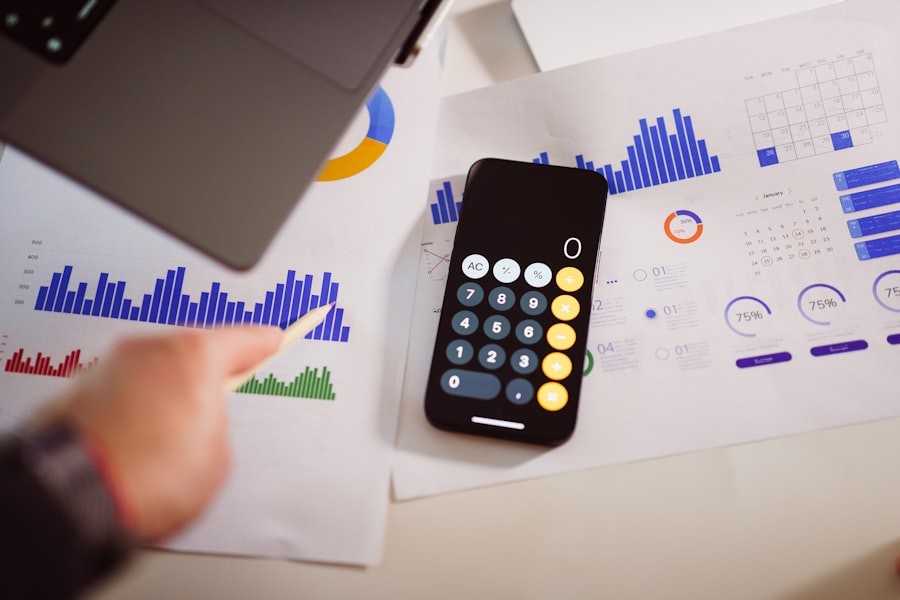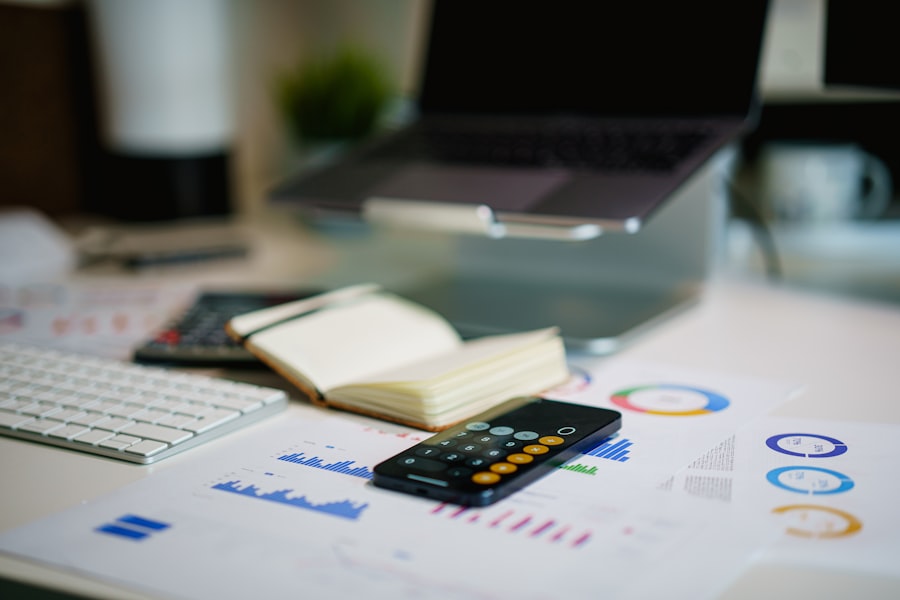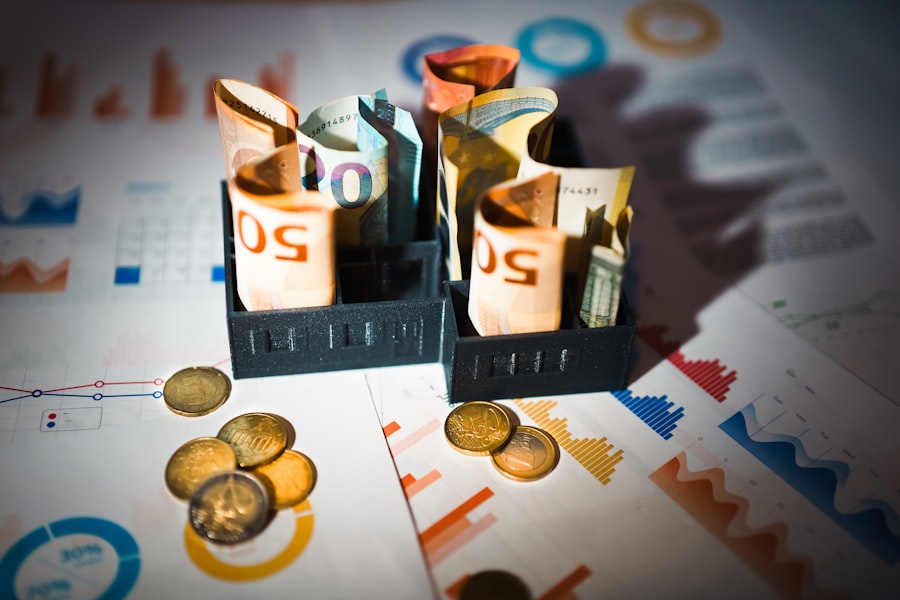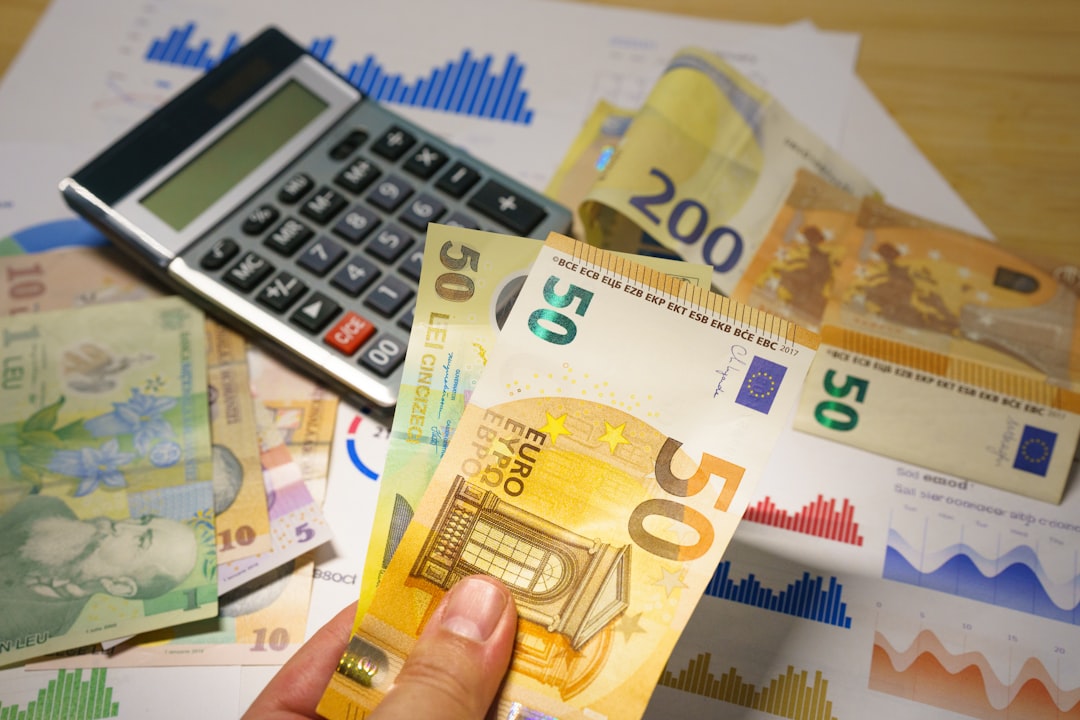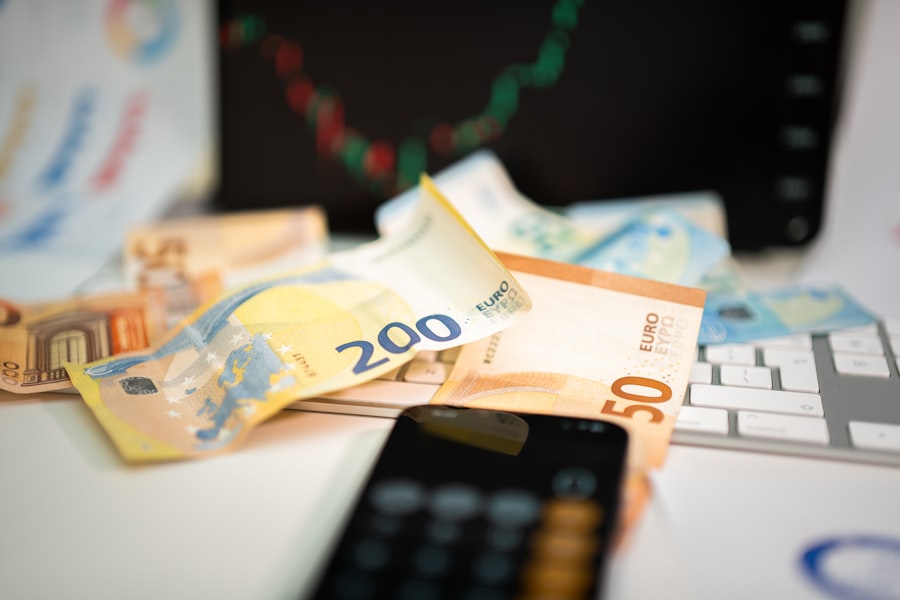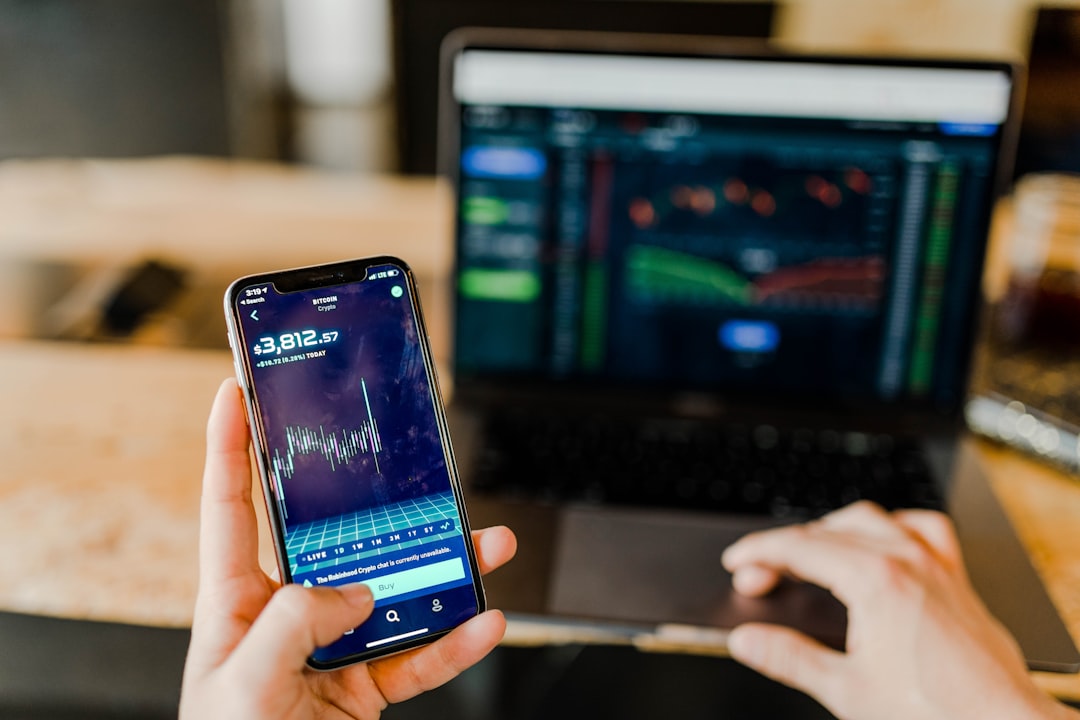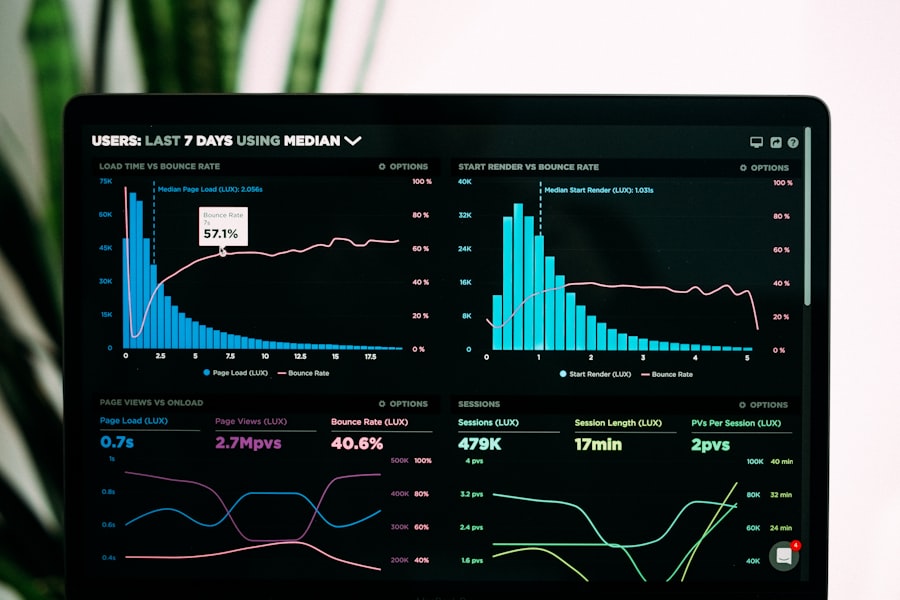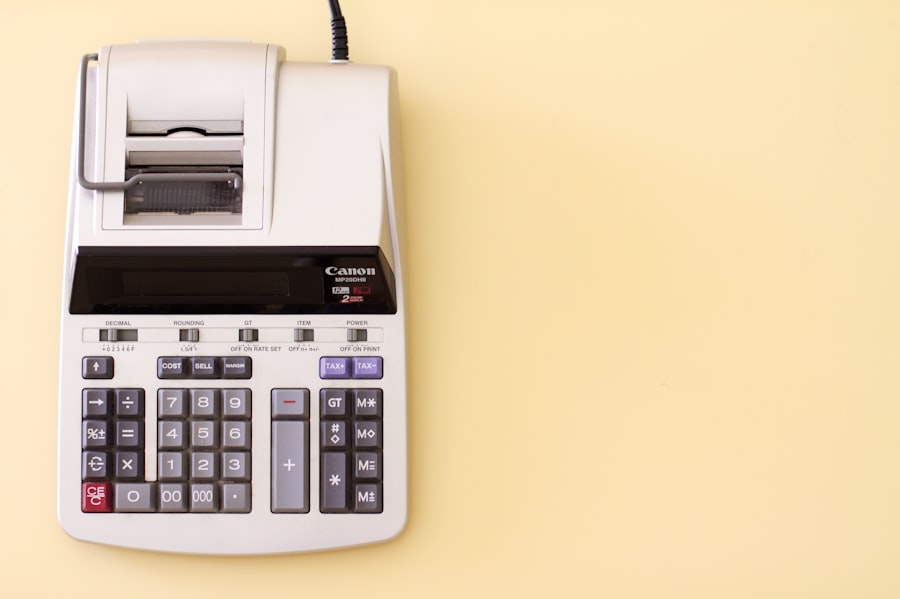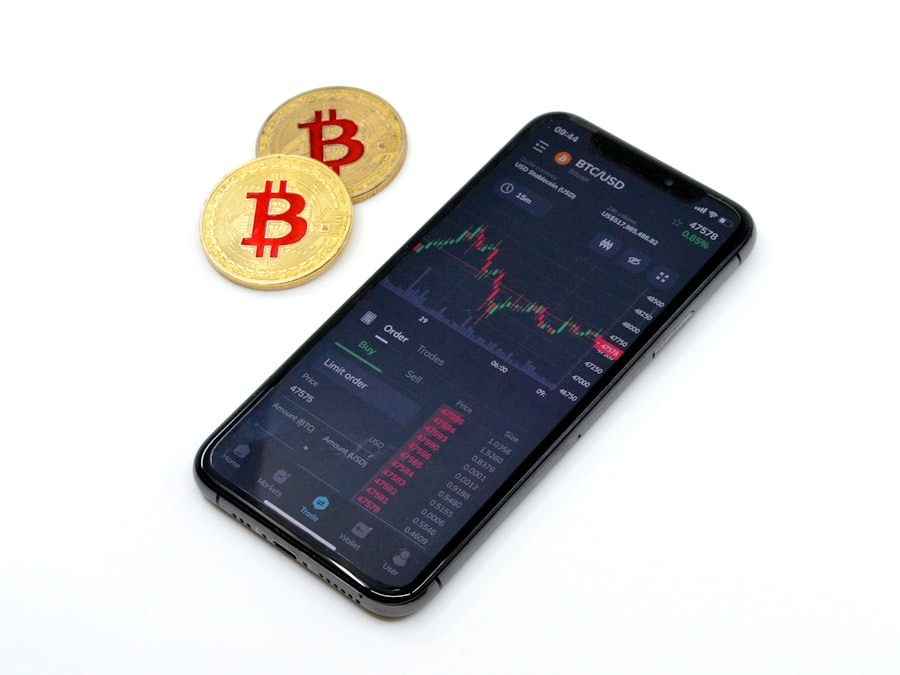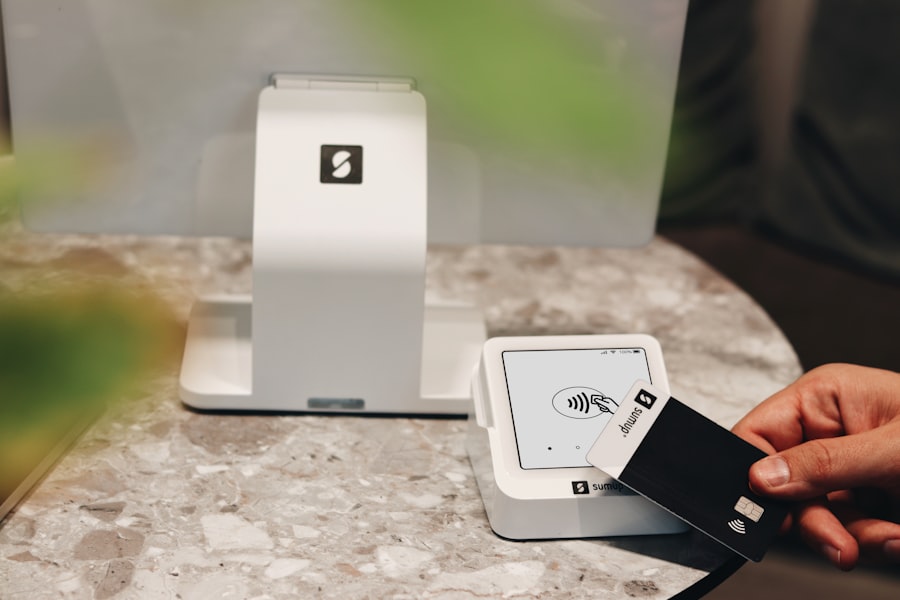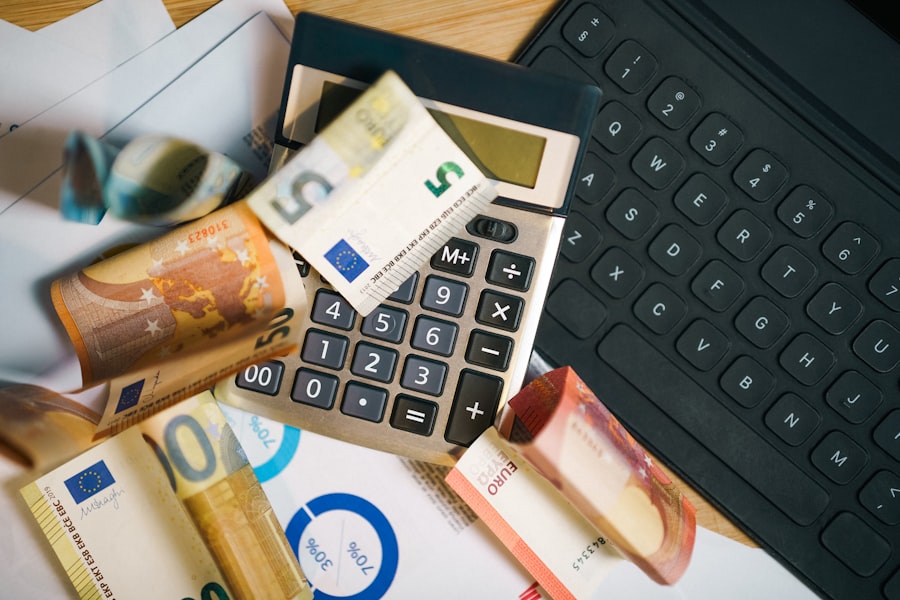In an increasingly digital world, managing personal finances has become more accessible and efficient, thanks in large part to budgeting apps. These applications serve as powerful tools that help individuals track their income, expenses, and savings goals in real-time. With the rise of smartphones and the ubiquity of mobile applications, budgeting apps have emerged as essential companions for anyone looking to take control of their financial health.
They offer a user-friendly interface that simplifies the often daunting task of budgeting, making it easier for users to understand their financial situation at a glance. The evolution of budgeting apps has been remarkable, transitioning from simple spreadsheets to sophisticated platforms that integrate various financial services. Many of these apps now offer features such as automatic transaction categorization, real-time spending alerts, and even investment tracking.
This shift reflects a broader trend towards financial literacy and empowerment, as more people recognize the importance of budgeting in achieving their financial goals. Whether you are a student managing limited funds or a professional planning for retirement, budgeting apps can provide the structure and insight needed to make informed financial decisions.
Key Takeaways
- Budgeting apps help individuals track and manage their finances more effectively.
- Key features to look for in a budgeting app include expense tracking, goal setting, and customizable budget categories.
- Using a budgeting app can lead to benefits such as improved financial awareness, reduced overspending, and increased savings.
- The best free budget app for iPhone is [insert app name], known for its user-friendly interface and comprehensive features.
- To track expenses using a budget app, users can input transactions manually or sync their accounts for automatic updates.
Features to Look for in a Budgeting App
When selecting a budgeting app, it is crucial to consider the features that will best meet your financial needs. One of the most important features is the ability to link bank accounts and credit cards securely. This functionality allows the app to automatically import transactions, saving users the time and effort of manual entry.
Additionally, automatic categorization of expenses can help users quickly identify spending patterns and areas where they may need to cut back. Look for apps that offer customizable categories, enabling you to tailor your budget according to your unique lifestyle and spending habits. Another essential feature is the ability to set financial goals.
Whether you are saving for a vacation, paying off debt, or building an emergency fund, a good budgeting app should allow you to create specific, measurable goals. This feature often includes progress tracking, which can motivate users by visually displaying how close they are to achieving their objectives. Furthermore, consider apps that provide insights and analytics based on your spending habits.
These insights can help you make informed decisions about where to allocate your resources and how to adjust your budget over time.
Benefits of Using a Budgeting App
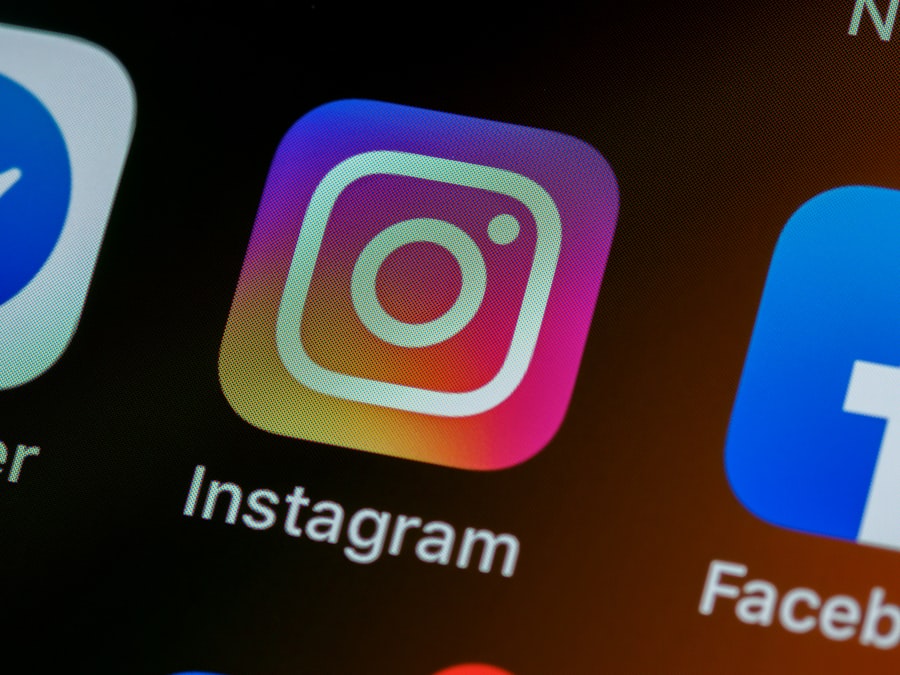
The advantages of using a budgeting app extend beyond mere convenience; they can fundamentally change how individuals approach their finances. One significant benefit is enhanced visibility into spending habits. By having all financial information consolidated in one place, users can easily identify trends and make adjustments as necessary.
This level of awareness can lead to more mindful spending, helping individuals avoid impulse purchases and stick to their budgets. Moreover, budgeting apps often come with built-in reminders and alerts that encourage users to stay on track with their financial goals. For instance, if you are nearing your spending limit in a particular category, the app can send notifications to prompt you to reconsider any additional purchases.
This proactive approach fosters accountability and discipline, which are crucial for long-term financial success. Additionally, many apps offer educational resources or tips on personal finance management, further empowering users to make informed decisions about their money.
The Best Free Budget App for iPhone
| Features | Rating |
|---|---|
| User Interface | 4.5/5 |
| Expense Tracking | 4.7/5 |
| Budget Planning | 4.8/5 |
| Bill Reminders | 4.6/5 |
| Sync Across Devices | 4.4/5 |
Among the myriad of budgeting apps available for iPhone users, one standout option is Mint. This app has gained popularity due to its comprehensive features and user-friendly interface. Mint allows users to link multiple bank accounts, credit cards, and investment accounts, providing a holistic view of their financial landscape.
The app automatically categorizes transactions and generates insightful reports on spending patterns, making it easier for users to identify areas for improvement. Another notable feature of Mint is its goal-setting functionality. Users can set specific savings goals and track their progress over time.
The app also offers personalized tips based on spending habits, helping users make smarter financial choices. With its robust features available at no cost, Mint has established itself as one of the best free budgeting apps for iPhone users looking to manage their finances effectively.
How to Use the Budget App to Track Expenses
To maximize the benefits of a budgeting app like Mint or any other similar platform, it is essential to understand how to effectively track expenses. The first step is linking your bank accounts and credit cards within the app. This process typically involves securely entering your login credentials for each account, allowing the app to access transaction data automatically.
Once linked, the app will begin importing transactions in real-time, providing an up-to-date overview of your financial activity. After linking your accounts, take some time to categorize your expenses accurately. Most budgeting apps come with predefined categories such as groceries, entertainment, and utilities; however, you can often create custom categories that better reflect your spending habits.
Regularly reviewing these categories will help you identify trends and areas where you may be overspending. Additionally, consider setting up recurring expenses within the app for bills that occur monthly or quarterly. This feature ensures that you have a clear picture of your fixed costs and can plan accordingly.
Tips for Setting and Achieving Financial Goals with the Budget App

Setting financial goals is a critical component of effective budgeting, and using an app can streamline this process significantly. Start by defining clear and specific goals; instead of saying you want to save money, specify an amount and a timeline—for example, saving $5,000 for a vacation within one year. Most budgeting apps allow you to input these goals directly into the platform, making it easy to track your progress over time.
Once your goals are established within the app, break them down into smaller milestones. For instance, if your goal is to save $5,000 in a year, aim for saving approximately $417 each month. By setting smaller targets, you can celebrate achievements along the way, which can boost motivation and commitment.
Additionally, regularly review your budget and adjust your spending habits as necessary to ensure you remain on track toward achieving these milestones.
Integrating the Budget App with Other Financial Tools
To enhance the effectiveness of a budgeting app, consider integrating it with other financial tools that complement its functionality. For example, many budgeting apps allow integration with investment platforms or savings accounts. This integration provides a more comprehensive view of your financial health by combining budgeting with investment tracking and savings growth.
Moreover, utilizing additional tools such as expense trackers or bill reminder apps can further streamline your financial management process. For instance, if you use an expense tracker alongside your budgeting app, you can gain deeper insights into daily spending habits while ensuring that all expenses are accounted for in your budget. Additionally, some budgeting apps offer features that allow users to sync with tax preparation software or accounting tools, making tax season less stressful by keeping all financial information organized in one place.
Taking Control of Your Finances with the Budget App
In today’s fast-paced world where financial literacy is more important than ever, budgeting apps serve as invaluable resources for individuals seeking to take control of their finances. By offering features such as automatic transaction tracking, goal setting, and insightful analytics, these apps empower users to make informed decisions about their money management strategies. As technology continues to evolve, so too will the capabilities of these applications, providing even more tools for users to achieve their financial aspirations.
Ultimately, embracing a budgeting app is not just about tracking expenses; it is about fostering a mindset geared towards financial responsibility and growth. By leveraging these digital tools effectively—integrating them with other financial resources and setting clear goals—users can navigate their financial journeys with confidence and clarity. Whether you’re aiming to pay off debt or save for future investments, a budgeting app can be the catalyst that transforms your financial habits and leads you toward long-term success.
If you’re looking for a free budget app for iPhone, you may also be interested in checking out Valapoint’s article on the best budget apps for Mac. This article provides a comprehensive list of budgeting tools specifically designed for Mac users, offering a variety of features to help you manage your finances effectively. You can read more about it here.



